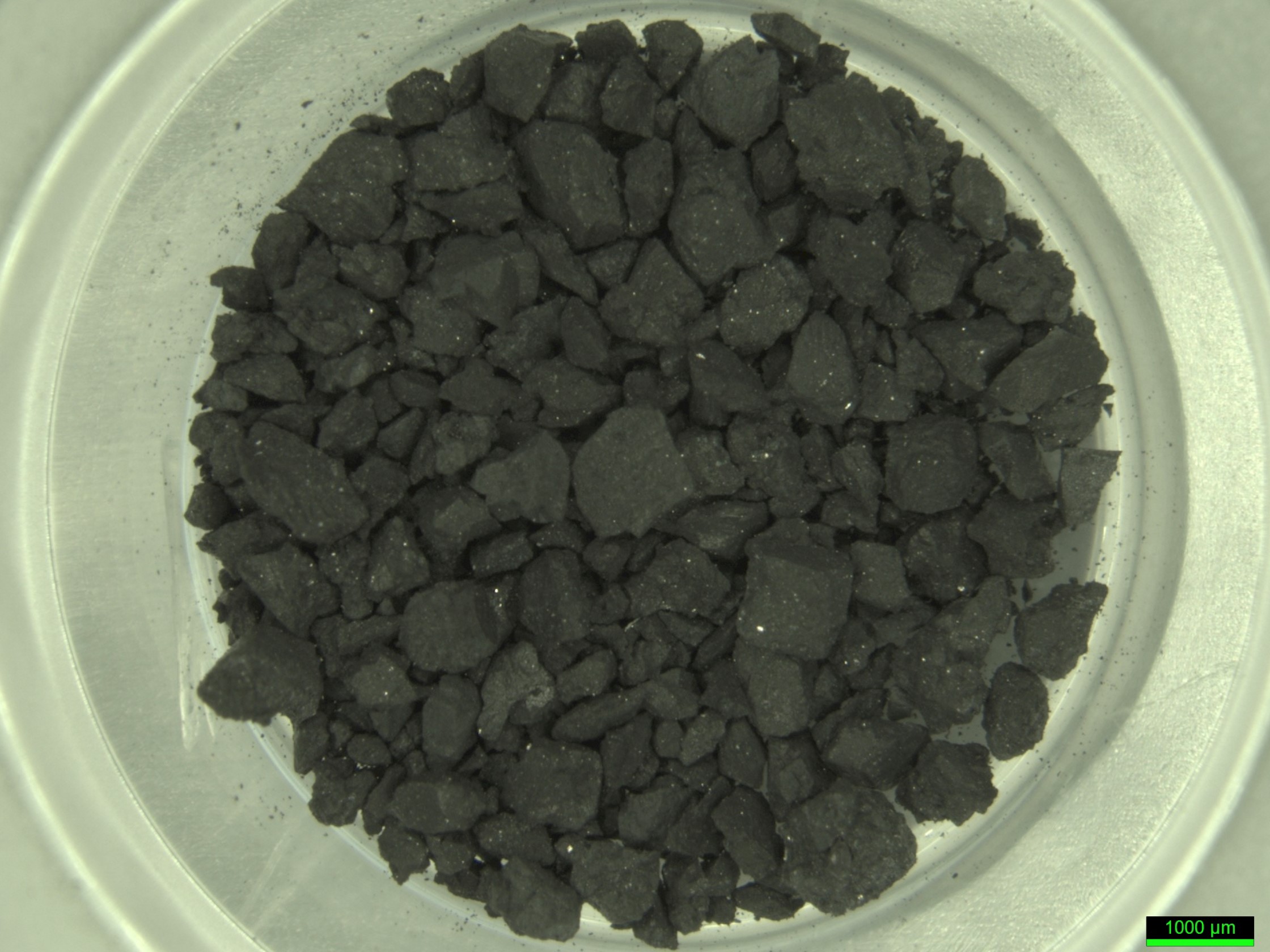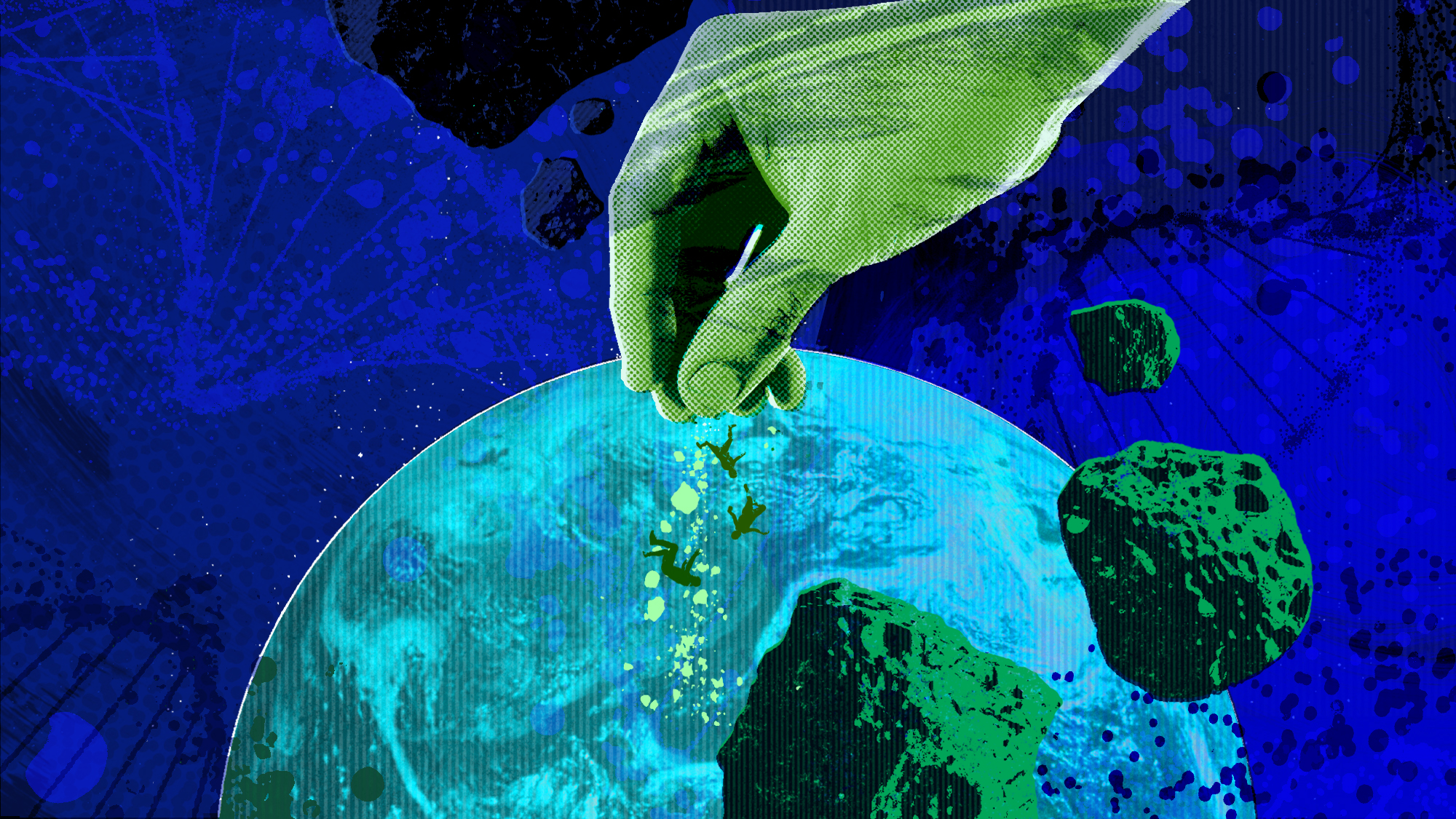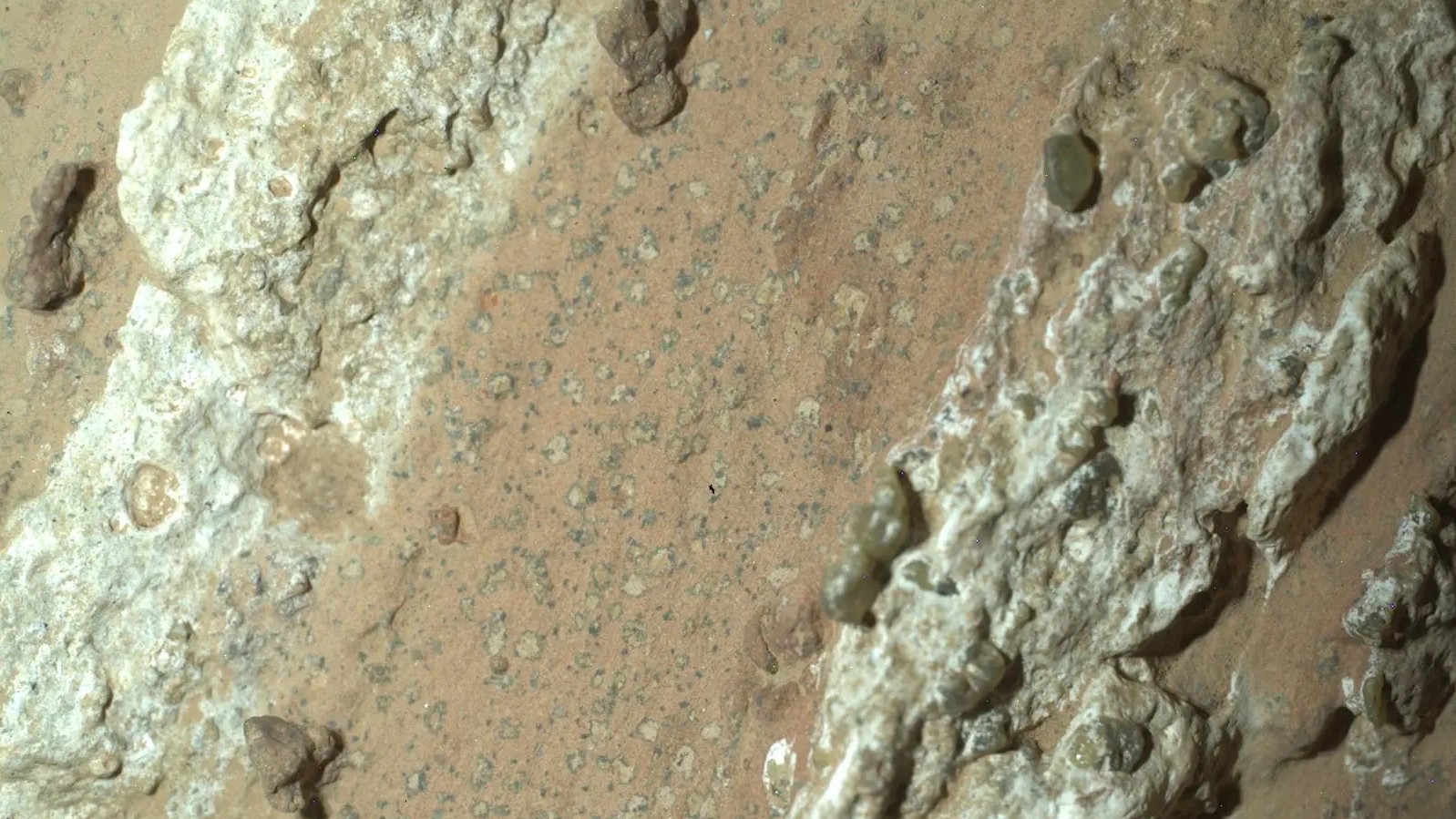Essential molecules for life may have been 'delivered' to Earth from space

The building blocks for life on Earth may have actually come from outer space, according to a new discovery by the Japanese Aerospace Exploration Agency (JAXA).
Scientists found a number of organic molecules in samples from the asteroid Ryugu, collected in 2019. The molecules include uracil, a building block for RNA, as well as niacin, which is important to metabolism, ScienceAlert writes. "These molecules on Ryugu were recovered in a pristine extraterrestrial setting," said lead author of the study Yasuhiro Oba of Hokkaido University. "It was directly sampled on the asteroid Ryugu and returned to Earth, and finally to laboratories without any contact with terrestrial contaminants."

RNA is used by cells to send genetic information and niacin helps to energize living organisms, Reuters explains. "The discovery of biologically relevant molecules such as nucleobases in the most pristine extraterrestrial materials without any terrestrial contaminations guarantees that they are really present in extraterrestrial environments," said Oba. "Other biological molecules were found in the sample as well, including a selection of amino acids, amines and carboxylic acids, which are found in proteins and metabolism, respectively," he adds.
The Week
Escape your echo chamber. Get the facts behind the news, plus analysis from multiple perspectives.

Sign up for The Week's Free Newsletters
From our morning news briefing to a weekly Good News Newsletter, get the best of The Week delivered directly to your inbox.
From our morning news briefing to a weekly Good News Newsletter, get the best of The Week delivered directly to your inbox.
The discovery suggests that the necessary compounds for creating life may have been "delivered to the early Earth," per the report in the journal Nature Communications. "I cannot say the presence of such ingredients directly leads to the emergence/presence of extraterrestrial life," Oba commented. "But at least their components such as amino acids and nucleobases may be present everywhere in space."
A free daily email with the biggest news stories of the day – and the best features from TheWeek.com
Devika Rao has worked as a staff writer at The Week since 2022, covering science, the environment, climate and business. She previously worked as a policy associate for a nonprofit organization advocating for environmental action from a business perspective.
-
 Blue Origin launches Mars probes in NASA debut
Blue Origin launches Mars probes in NASA debutSpeed Read The New Glenn rocket is carrying small twin spacecraft toward Mars as part of NASA’s Escapade mission
-
 ‘The Big Crunch’: why science is divided over the future of the universe
‘The Big Crunch’: why science is divided over the future of the universeThe Explainer New study upends the prevailing theory about dark matter and says it is weakening
-
 Dinosaurs were thriving before asteroid, study finds
Dinosaurs were thriving before asteroid, study findsSpeed Read The dinosaurs would not have gone extinct if not for the asteroid
-
 The moon is rusting
The moon is rustingUnder the radar The Earth is likely to blame
-
 Panspermia: the theory that life was sent to Earth by aliens
Panspermia: the theory that life was sent to Earth by aliensUnder The Radar New findings have resurfaced an old, controversial idea
-
 Africa could become the next frontier for space programs
Africa could become the next frontier for space programsThe Explainer China and the US are both working on space applications for Africa
-
 NASA reveals ‘clearest sign of life’ on Mars yet
NASA reveals ‘clearest sign of life’ on Mars yetSpeed Read The evidence came in the form of a rock sample collected on the planet
-
 SpaceX breaks Starship losing streak in 10th test
SpaceX breaks Starship losing streak in 10th testspeed read The Starship rocket's test flight was largely successful, deploying eight dummy satellites during its hour in space



